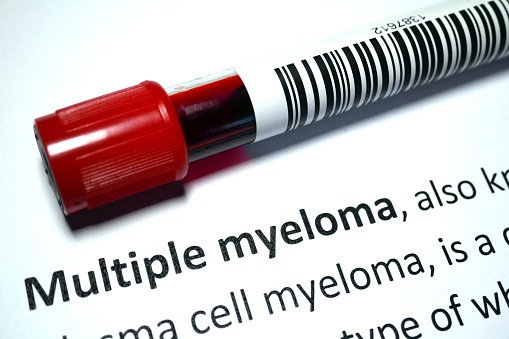
A study of patients with multiple myeloma (MM) and smoldering myeloma (SM) did not find an increased incidence of the targetable biomarker t(11;14), which may predict treatment response, in African American patients compared with Caucasian patients.
African Americans have an increased rate of MM, as well as an average earlier age at presentation. Research on t(11;14) have suggested that this biomarker may serve as a predictor of response to venetoclax, a therapeutic agent approved to treat certain hematological cancers. Small trials have reported that this molecular biomarker occurs more frequently in African American individuals compared with Caucasian American individuals. In this study, researchers aimed to measure the incidence of t(11;14) in a larger cohort of African American patients.
“Identifying racial differences in molecular biomarkers would be helpful in our understanding of the known racial disparities of incidence in MM and in the development of therapeutic trials,” the authors wrote.
This retrospective study enrolled 737 patients with newly diagnosed MM or SM, 68.1% of whom self-reported as Caucasian American and 28.9% who identified as African American. Three percent of participants were of other races or listed as unknown. The Caucasian American cohort had a median age of 71 years, and 58% were male. The African American cohort had a median age of 70 years, and 47% were male.
Overall, t(11;14) was detected in 4.5% of participants, occurring in 5.2% of Caucasian American patients and 2.8% of African American patients. The biomarker was identified in 4.57% of the 661 patients with MM and in 3.95% of patients with SM.
“[We] did not find an increased incidence of the targetable biomarker t(11;14) in African American patients. The overall percentage of t(11;14) cases was lower than expected,” the researchers concluded. “The lack of our finding a racial difference differs from some other reports, perhaps due to a fairly enriched African American population. … Further investigation at the molecular level should be performed to elucidate the mechanisms of racial disparity in MM.”
These findings were presented at the ASH Annual Meeting & Exposition.







 © 2025 Mashup Media, LLC, a Formedics Property. All Rights Reserved.
© 2025 Mashup Media, LLC, a Formedics Property. All Rights Reserved.